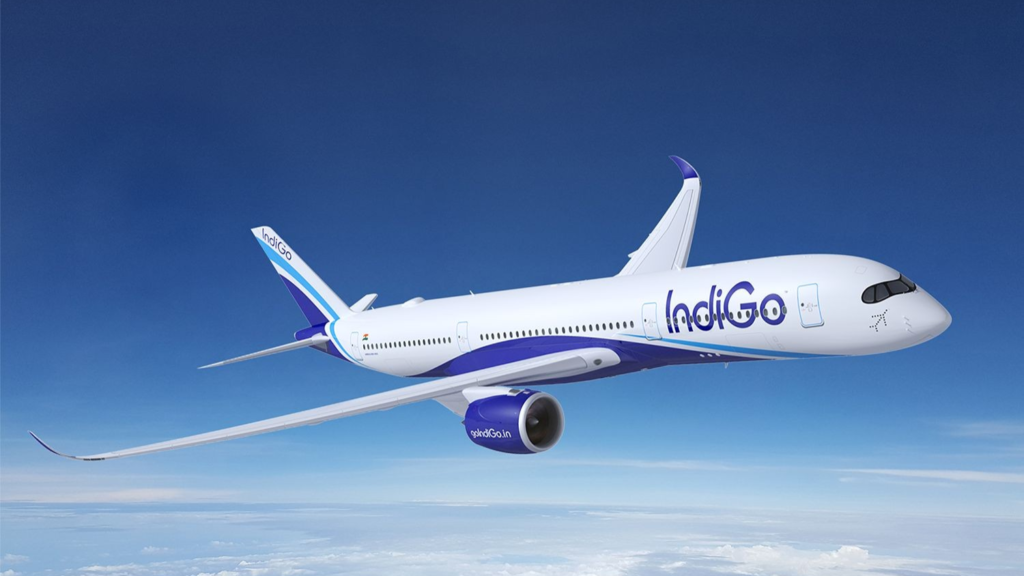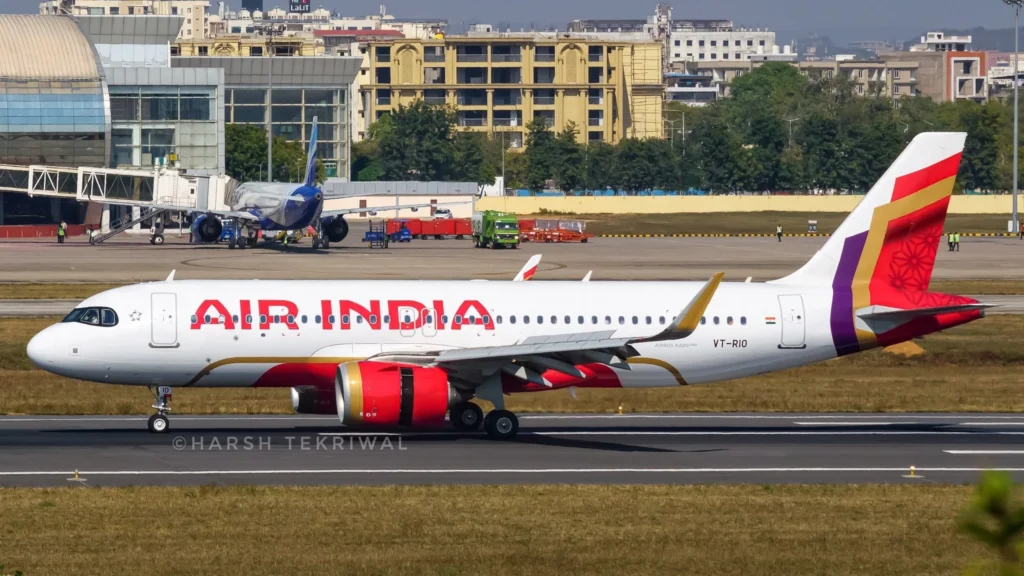
BENGALURU— India is now the third-largest aviation market by passenger volume and is positioned for substantial long-term growth. It accounts for only 4% of global air traffic, despite having 18% of the world’s population.
A recent report by Jefferies highlights the sector’s untapped potential, driven by rising incomes, urbanization, and fleet expansion, while noting persistent constraints that could impede progress.
 Photo: Harsh Tekriwal | AvgeekwithLens
Photo: Harsh Tekriwal | AvgeekwithLensIndia’s Aviation Market Growth
Although India trails only the United States and China in terms of total air passenger volume, its per capita air travel remains among the lowest globally. The country handles around 200 million passengers annually, compared to 700 million in China.
The two countries have comparable population sizes. This discrepancy points to a significant headroom for growth, especially as the middle class expands.
The domestic aviation sector currently operates approximately 850 aircraft across 150–160 airports. This is a stark contrast to China’s 4,000 aircraft and 250+ airports. This gap highlights the scale of investment needed in both fleet and airport infrastructure if India is to reach global standards.
 Photo: Airbus
Photo: AirbusDemand Drivers and Fleet Orders
What are the key growth enablers in the growth? It has to be rising disposable incomes, urban population expansion, and greater regional connectivity. There are over 1,700 aircraft on order by Indian carriers, which reflects strong confidence in future demand.
Airlines such as IndiGo (6E) are rapidly scaling operations. The carrier has been rapidly expanding internationally. The airline also holds a whopping 63.7% market share in India as of July 2025.
Airport development is another important area. The government of India has committed to adding 50 new airports within five years, targeting both underserved and high-growth regions.
This includes the construction of new greenfield airports as well as upgrading the existing terminals. New airports can particularly be expected in Tier 2 and Tier 3 cities.
 Photo: avgeekwithlens/ Harsh Tekriwal
Photo: avgeekwithlens/ Harsh TekriwalCost and Capacity Challenges
Despite positive demand trends, the aviation sector is weighed down by persistent cost challenges. High taxation on aviation turbine fuel (ATF) has always been indicated as a major concern in India. ATF prices fell by 12.9% during the first four months of FY2026.
However, they rose 7.6% in July 2025, which shows volatility driven by geopolitical and supply factors. Another bottleneck is global aircraft shortages and supply chain delays, which slow down the fleet expansion of airlines.
India also lacks sufficient domestic maintenance, repair, and overhaul (MRO) infrastructure, forcing airlines to rely on foreign providers, increasing costs and turnaround time.
Airspace restrictions are linked to geopolitical tensions, and these have also forced airlines to adopt longer, fuel-intensive routes.
Additionally, recent safety-related incidents—such as a fatal crash involving Air India (AI) and the temporary grounding of the fleet—have sparked concerns about regulatory oversight and passenger confidence.
 Photo: Air India
Photo: Air IndiaOutlook and Required Interventions
The aviation industry is a significant contributor to India’s economy. According to IATA, it supports 7.7 million jobs and contributes $53.6 billion to the country’s GDP. Domestic air traffic reached 138.7 lakh passengers in June 2025, marking a 5.1% year-on-year increase.
International traffic between April and January also rose by 14.8%, reflecting growing outbound demand. The Jefferies report forecasts that India could surpass China in passenger traffic growth by 2026, with a projected 10.5% growth rate compared to China’s 8.9%.
To meet these growth expectations, the industry must address several long-standing issues. This includes:
- Expanding MRO facilities to reduce maintenance costs and reliance on international centers
- Reducing tax burdens on fuel and operations
- Accelerating airport infrastructure development across metro and non-metro regions
Coordination among airlines, regulators, and infrastructure developers is also essential. While the demand side remains strong, sustained policy support and strategic investment are needed to overcome structural limitations.
India’s aviation sector is entering a critical growth phase. However, its ability to match global aviation ecosystems depends on how effectively it addresses these systemic constraints in the years ahead.
Stay tuned with us. Further, follow us on social media for the latest updates.
Join us on Telegram Group for the Latest Aviation Updates. Subsequently, follow us on Google News
Air India Cancels All Flights to this European Airport Amid 787 Groundings
The post 10 Reasons Why India’s Aviation Market is Set for Massive Growth by 2030 appeared first on Aviation A2Z.


















